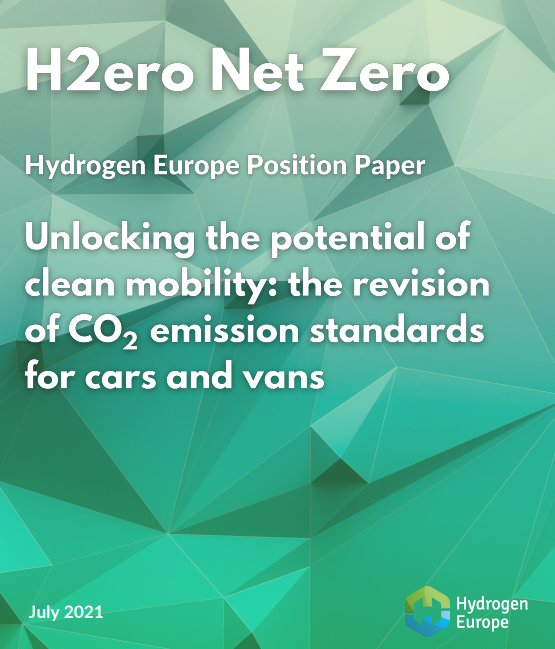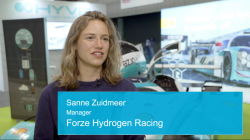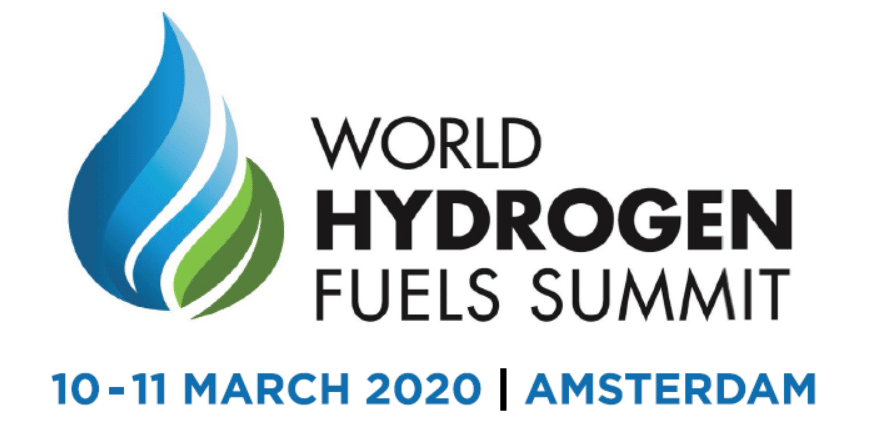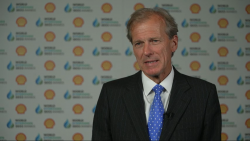Published July 2021 by Hydrogen Europe
Executive Summary
Hydrogen Europe considers the revision of the Regulation setting CO₂ emission performance standards for new passenger cars and new light commercial vehicles[1] to be a key legislative initiative to help the EU deliver upon its 2030 climate targets and to reinforce its global leadership in zero-emission vehicles, particularly hydrogen fuel cell vehicles.
Consequently, we call on the EU institutions to maintain the level of 2025 targets while strengthening the 2030 targets, provided the enabling framework conditions are in place, and a holistic approach is taken. As the Regulation covers different vehicle types, these differences should be reflected when it comes to targets, with dedicated sets for each vehicle category; in this respect, the key role of fuel cell electric vehicles for both segments should be acknowledged.
Low carbon and renewable fuels have a central role to play, and this should be considered in the text by including a provision giving an option for manufacturers to take part in a voluntary crediting mechanism for renewable fuels of non-biological origin, which would be linked to an obligation to invest into zero-emission vehicles.
Another key element of the proposal should target the overall system and resource efficiency: its role should be carefully analysed and recognised in the proposal. The uptake of low and zero-emission vehicles will be severely hampered if not supported by an efficient system.
Lastly, Hydrogen Europe calls for the allocation of emission premiums to upskilling, reskilling and hydrogen refuelling station deployment. In addition, Europe needs technicians and automotive personnel to have all necessary skills and competencies to work on hydrogen vehicles since they have fundamental differences from internal combustion engine vehicles.
Read more Hydrogen Europe Publications
Tags: cars clean mobility co2 emission hydrogen hydrogen europe mobility net zero standards vans










